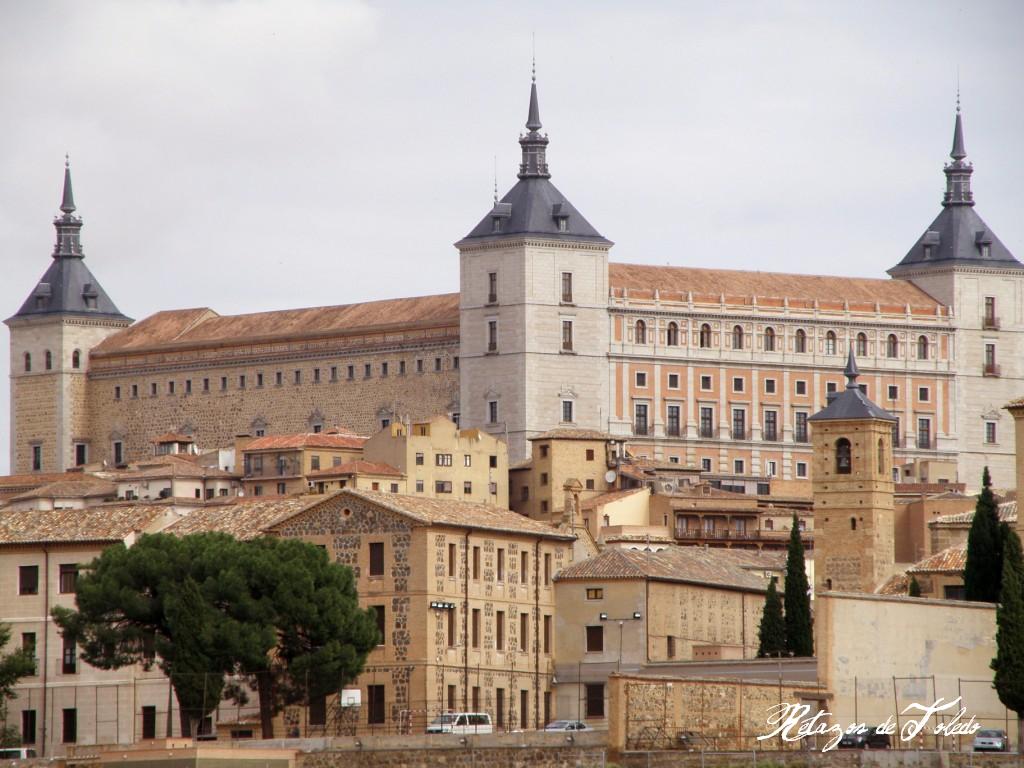The Spanish Civil War began in 1936 and ended in 1939, and was fought between the Republican government of Spain at the time and the rebels, or Nationalists, who were supported by Fascist Italy and Nazi Germany. There are many sites in Spain that highlight this conflict, but some are more well-known than others. Whether you are studying for your master of arts in military history or simply a history enthusiast, here are five locations that you simply must visit in Spain.
Belchite
In the region of Aragon, in the southern part of Spain, there are two places called Belchite. One of them is a small village of around 1,500 people. The other was destroyed during the Civil War and is now an abandoned ghost town. This site has been left intact, just as it was after it was destroyed, to remind everyone that the Civil War had a high cost. The Nationalists had taken the town, and the Republican attempts to retake the village ended in destruction.
Toledo
The city of Toledo is the home of the Alcazar of Toledo, or the Toledo Fortress. Currently the site of an army museum, during the war there was a siege there. This was between the Nationalists and the Republicans, with the Nationalists eventually triumphing and managing to hold the fortress. The fortress itself was built in the third century, making it a unique site for anyone who is working towards a military history degree.
Ronda
Ronda is a small city that is between Seville and Malaga, and one that was heavily influenced by the Nationalists by the 1937. It is also a place where many Nationalist sympathizers were killed by the Republicans during a time that was later called the “Red Terror.” This is a city that is full of natural beauty, and the possible location of a massacre of Nationalists in 1936, making it a critical place to visit for any student of military history.
Barcelona
Although the capital of Catalan was not actually taken over by the Nationalist forces until early in 1939, it was still controlled by a variety of groups during the war. Some of these groups were anarchist in nature, and there were also many street battles that divided the city. There are no museums for the civil war in Barcelona, but there are tours that highlight the major sites.
Madrid
Despite the fact that most of the violent conflicts of the Spanish Civil War took place outside of the city, Madrid was the capital of Spain during the war. As a result of this, it was under siege for almost the entity of the war. The city also has a section called Casa de Campo, where the trenches dug by the Republican forces during the civil war can still be seen. In the Museo Reina Sofia, a famous Civil War painting by Picasso is on display. The war ended when the Republicans surrendered, and the Nationalists claimed Madrid.
The Spanish Civil War was a bloody conflict that left many sites and reminders of the war. If you are a student of history, particularly if you are interested in Spanish history, these are five sites that you should not miss a chance to visit.






There are tours of the Spanish Civil War in Madrid, too. http://www.acrossmadrid.com offers them, from the Republican and historical memory of the International Brigades perspective!